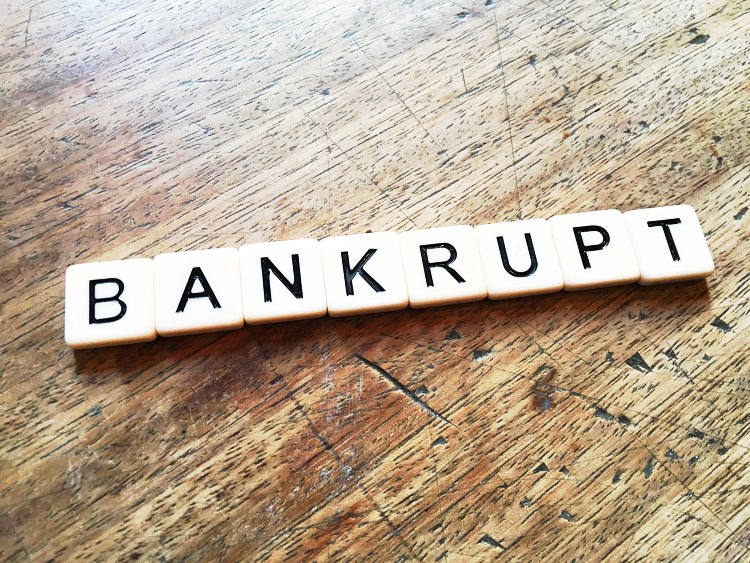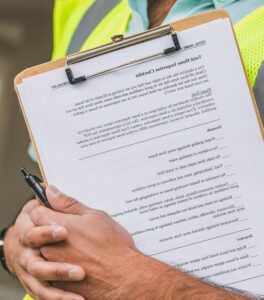The Name of the Debtor and the Name of Any Joint Debtor
All other aliases/names. This means the debtor and joint debtor must list all other names they’ve been known by in the 8 years prior to the filing of the voluntary bankruptcy petition. Other names include married names, maiden names and trade names. Trade names are business names.
The last four digits of the debtor’s social security number and of the joint debtor’s social security number. In place of the social security number, the EIN can be used. The street number, street name, city and state along with the county where the debtor lives.
This information will be used to decide which Federal District Court has jurisdiction over the case. It will also be relevant to the standards used for the means tests.
The means test is a test that looks at the income levels in the area where the debtor lives to determine if the debtor can file a Chapter 7 bankruptcy or if the debtor should be forced to file a Chapter 13 bankruptcy. Business debtors that file a voluntary bankruptcy petition have to note their principal place of business which is usually where the company headquarters are.
The location of the principal assets of a business debtor if different than the street address. This part normally doesn’t apply to a consumer debtor. It can be confusing though because some consumer debtors also put their business into bankruptcy.
Both business and personal debtors will need to file if the personal debtor agreed to pay for the business loans.
The type of debtor
There are four types of debtors. The first is an individual debtor. The second is a corporation. Corporations include LLCs and LLPs. The third is a partnership. The fourth is the catch-all for debtors who don’t fit into the first three categories.
The type of business if a business is filing for bankruptcy
Individual debtors normally can leave this box blank. Business debtor types include healthcare, railroad, stockbrokers, certain types of real estate, commodity brokers and clearing banks.
Chapter Bankruptcy Code
The Code types for consumers are either Chapter 7 or Chapter 13. Chapter 7 is used when debtors have little income and few assets. It’s used to discharge unsecured debts.
Debtors with secured assets such as homes and cars usually file a Chapter 13 bankruptcy where they have a better chance of saving their home, cars and other secured assets.
It is best to review whether a Chapter 7 or 13 should be filed with an experienced bankruptcy lawyer before the voluntary petition is filed. Other bankruptcy types that consumer debtors don’t have to worry about are Chapters 11, 12, 13 and 15.
Some debtors need to indicate if they are a tax-exempt entity. This provision is not aimed at consumer debtors.
The Nature of the Debts
This box the consumer debtor does need to complete. There are two categories of debts – business debts and consumer debts. Consumer debts cover personal, family and household debts. The debtor does need to indicate if the debts are consumer or business debts.
Information as to the Filing Fees
Unfortunately, most debtors do need to pay a filing fee when they file a petition. The debtor has to check whether the fee is attached and whether it will be paid in installments.
If the debtor is paying in installments, he/she must attach a signed application and certification that he/she can only pay in installments and cannot pay the full amount.
Chapter 7 bankruptcy filers can request a waiver of the bankruptcy filing fee. As with the installment form, the Chapter 7 filer must attach and sign an application and certification.
The debtor must indicate if he/she is a small business debtor or not. The debtor must indicate that the combined unliquidated unsecured debts is less than a sum certain. The current sum certain is $2,490, 925.
If a bankruptcy plan is attached, the debtor must so indicate.
Statistical Information
- Debtors must indicate the number of creditors: 1-49, 50-99, 100-199, 200-999, 1,000-5000 and several categories over 5,000
- Debtors must indicate the value of their assets: $0 to $50,000, $50,001 to $100,000, $100,001 to$500,000, $500,001 to $1 million and categories over $1million
- Debtors must indicate the value of their debts: $0 to $50,000, $50,001 to $100,000, $100,001 to$500,000, $500,001 to $1 million and categories over $1million.
Debtors must list any bankruptcies they filed in the prior 8 years. If there were prior bankruptcies in this 8 year period, the debtor has to say where the bankruptcy was filed, the case number and the filing date.
If a spouse, partner or affiliate of the debtor has a pending bankruptcy; the new debtor has to say the person’s name, where and when the bankruptcy was filed and the case number.
Consumer debtors have to have their lawyer (if they use one) sign an exhibit stating that the attorney informed the debtor about the various types of bankruptcies and the relief each type provides. The lawyer also has to provide an appropriate certification.
Debtors have to also include schedule D which states they completed approved credit counseling.
The debtor has to indicate that they were a resident of the district for 180 days or for 180 days immediately preceding the date of this petition or for a longer part of such 180 days than in any other District.
The Debtor must certify that he/she notified any residential landlord of the bankruptcy and paid a 30 day deposit. If the landlord has a judgment, the debtor must certify additional elements.
Lastly, the petition must be properly signed.






Be First to Comment